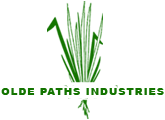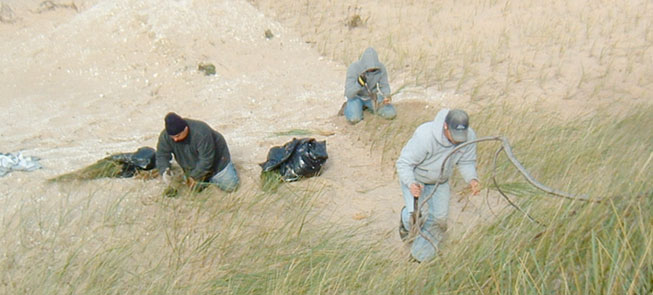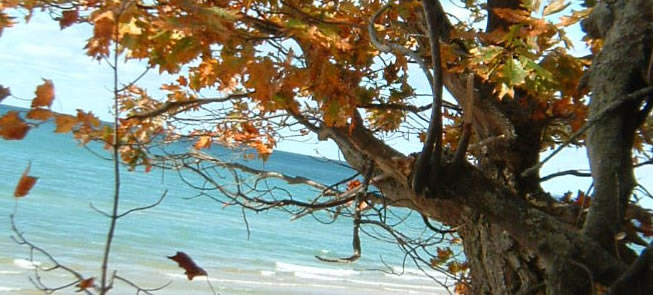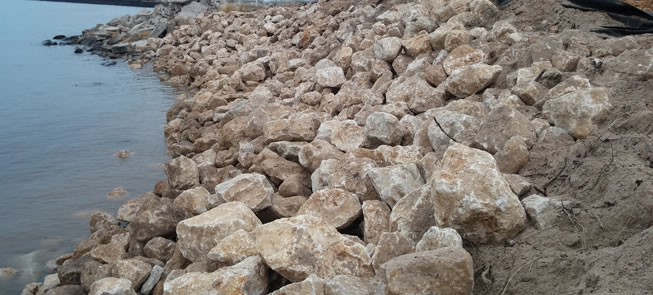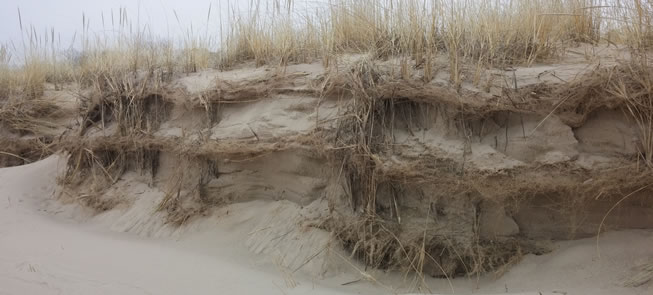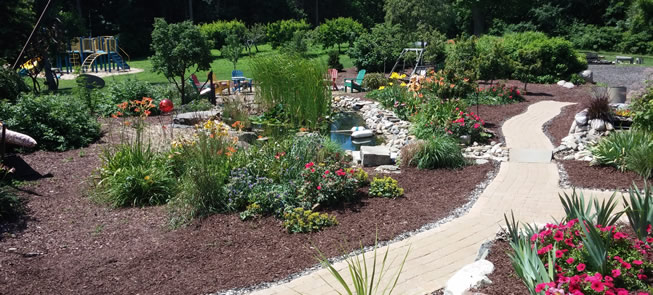The story of the wildlife along the “Golden Coast” is one of constant adaptation to the changes in habitat brought about by man–whether intentionally or unintentionally.
Originally, back when the Indians were alone in this area, the shoreline wilderness was a mixture of old growth forests, swamps and sand dunes. The animals that lived here had very little hunting pressure. They were primarily woodland creatures: deer, turkey, raccoon, squirrel, wolverines, bear, opossum, fox, mice, rattlesnakes, mice, muskrat, beaver and wolves–to name a few. The birds included eagles, passenger pigeons, crows, ducks, geese, grouse, woodpeckers, woodcock and many more. Then, civilization came to the coast. Step by step — mostly from 1800 to 1900– the animals were trapped and hunted, the woods were cleared, farms were established, rivers were dredged for ports, and swamps were drained. Many of the animal populations crashed from loss of habitat and food supply along with hunting pressure. The wolves, rattlesnakes, eagles, beavers and turkeys disappeared from the area. The passenger pigeon became extinct.
My own little farm that was established by my ancestors around 1870 is an excellent example of the changes that took place. Originally the family farm was part of a large swamp that fed into Macatawa lake next to the city of Holland and eventually into Lake Michigan. It was a breeding ground for wildlife and fish. As a side note, my father and uncles talk about gathering fish in the spring by the basket full using pitchforks instead of fishing poles. My great grandfather hand dug the first drain that was later widened and deepened using horses and scraper blades to gain control of the water and claim the land. It was rich farmland for crops like corn and wheat, but, also more unusual plants like fruit, flower bulbs, pickles, perennials and ornamental shrubs. The land was highly productive. However, when it was drained, many square miles of nesting, breeding and feeding area was lost. It was a necessary change, yes, and a real blessing for my family. Nevertheless, it was a destructive change from the point of view of the shoreline ecosystem. Of course, this story could be multiplied hundreds of times over as the land along the shore was brought into cultivation.
Into this vacuum of the loss of native animal populations rushed a large number of “outsiders” better suited to life with the farms. Some species had “invaded” the East Coast and migrated throughout the country like sparrows, starlings and rats. Some were introduced like the ring neck pheasant. I mention this because there is a monument near my home that commemorates the release of the first pheasants in Ottawa County. The pheasant population exploded and then nearly disappeared in my lifetime. Many of the other non-native animals and birds have thrived.
Over time, a number of the native species began to adapt to the changes in habitat. Along with that adjustment, the use of the land began to change. Woodlands were planted where the farms played out and were abandoned. Agricultural land has been changed to residential. Along the shore of Lake Michigan so much woodland has grown around the cottages so that it is a seldom hunted haven for many creatures.
In the present day many of the species that were almost eliminated have not only rebounded, but, have far surpassed their original populations. Once again we see eagles in the sky. The population of deer has grown to the point that constant thinning is needed to keep the herd healthy. One of my favorites, the wild turkey, has made such a comeback that we observe the flocks in the fields and woods around our farm almost on a daily basis. Recently, we counted one flock of over forty turkeys in the corn field next door.
One thing seems certain, change will continue to take place in habitat and in the populations of wildlife that live along the Lakeshore.
It seems to me that the church must also adapt to meet the changes in society and culture if it is to preach the Gospel to each generation. No, I don’t mean compromising the truth of the Scriptures in any way. I am referring to many of the external elements. For example, before I get myself in too much trouble, take a look at the changes that our worship has already gone through. Many of our forefathers thought we could only worship using the Dutch language and the “Staten Vertaling”–the official Dutch Bible. It was a major cultural change to worship in English and begin to use the “King James” version of the Bible. They had to do away with the old Dutch Psalter for singing, and instead adopted and customized a Presbyterian Psalter for their own worship services. The music in worship changed from no instruments to the old pump organ my dear grandmother played in church to modern piano and pipe or electric organs to lead the singing.
The means of spreading the Gospel have changed also. In days past there was only physical attendance at the worship service and the printed page. Now, we have in addition, radio, television, internet, cds and mp3 players. What a huge opportunity. We must adapt to the opportunities that we have to spread the Gospel. Even though the fundamentals of the truth of God’s Word do not change we must continue to adapt. Each generation must learn how to bear witness for the Gospel in the culture in which it lives.
May God give us the wisdom to wisely adapt from generation to generation.
